The simple science twins are back to answer more of your questions; this one is all about hailstones and it comes in from five year old Matthew who can sometimes be found over on Office Mum’s blog. Matthew would like to know… Read more
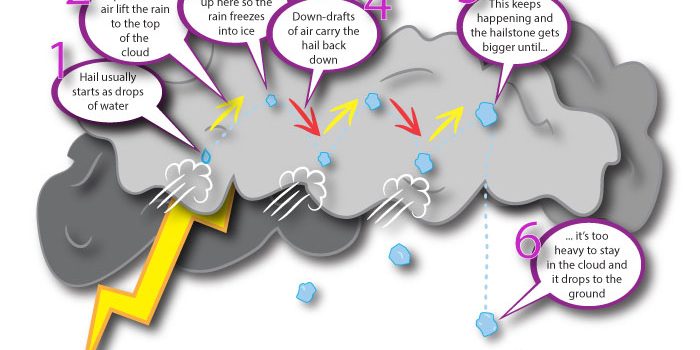
Science, Curiosity and Life
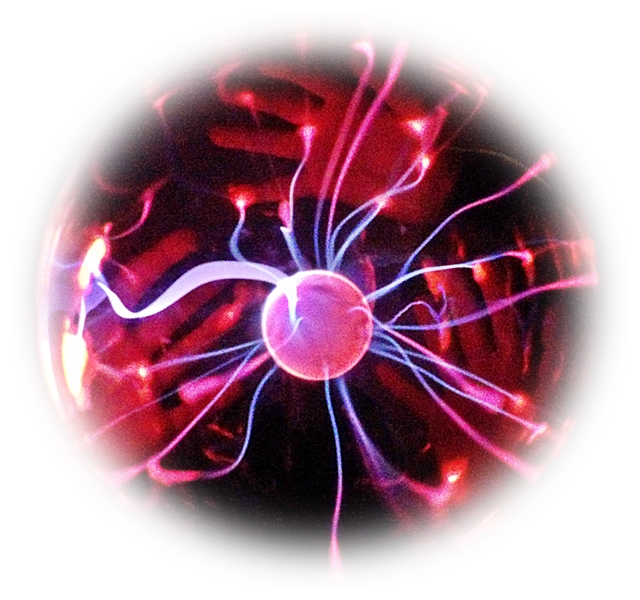
Science Wows is all about sparking children’s natural interests in Science!
It is learning while having fun!Whatever the event, whatever the venue it is Hands-on Science for children. Party entertainment, school visits, fun days, corporate events …. there are even local science camps during school holidays.
Read more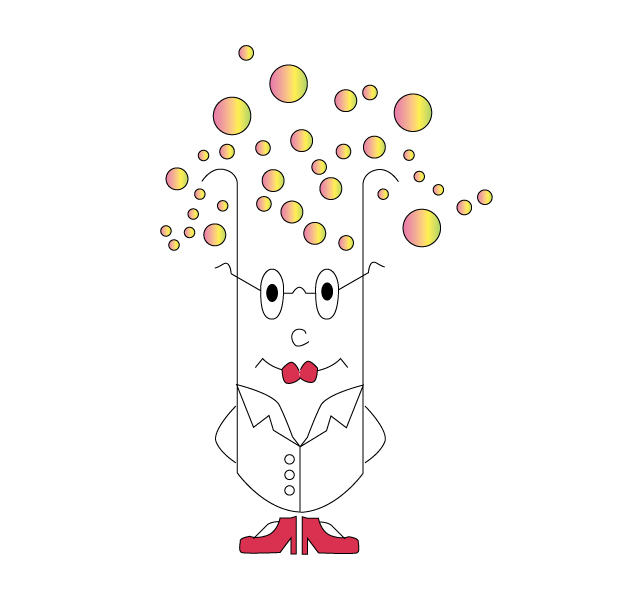
If you can’t explain it to a six year old, you don’t understand it yourself”
That is (apparently) one of Einstein’s many quotes. It took me a while to realise just how true these words are, but once I did I was able to marry a love of writing with a love of science. I discovered that once I broke things down to their most simple components
Read more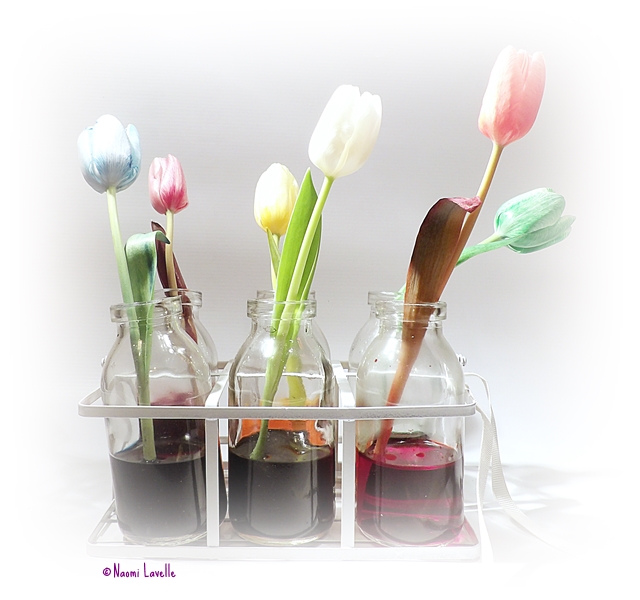
Dr. How’s Science Wows was set up by me (Naomi) in 2011. My background is biochemistry with a PhD in Molecular Biology; I have worked in the Medical Diagnostic Industry and lectured at third level colleges but the crux of what I do lies in many years working with children; from two to 20 they all have one thing in common…. curiosity!
Read more
The simple science twins are back to answer more of your questions; this one is all about hailstones and it comes in from five year old Matthew who can sometimes be found over on Office Mum’s blog. Matthew would like to know… Read more
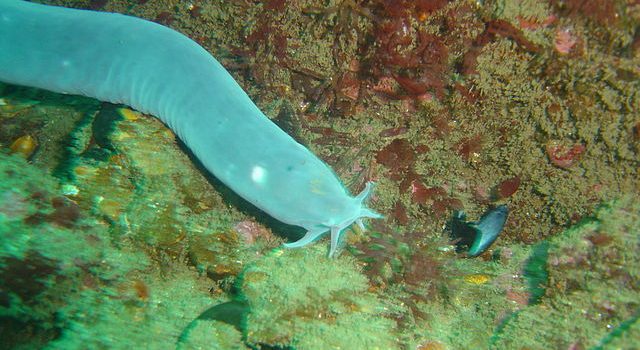
We’re heading to the deep blue sea for this month’s Mystery Creature. Not the prettiest looking animal, and it certainly has some very unusual features; it’s a bit of a living fossil, do you know what it is? Read more
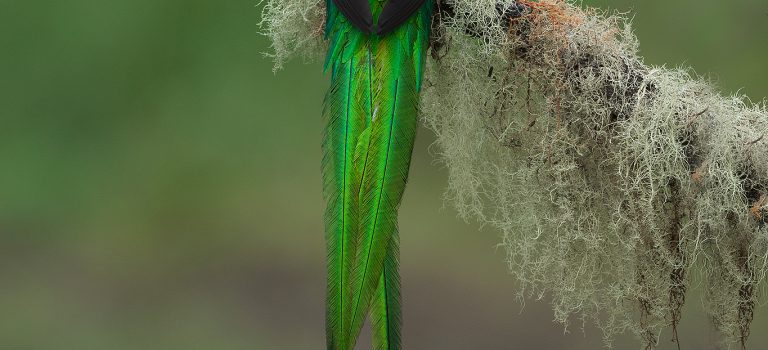
How did you do with last month’s Mystery Creature? I know I am a bit (very) late posting this reveal, I’ve been busy in the background, despite the quiet status of the blog of late. Read more

How is your singing voice? I’d love to tell you how good mine is but my kids would be on that like a shot; they are only too happy to tell anyone willing to listen how bad their mum is at singing. So I reserve it for the shower, solo trips in the car… or for tormenting my children. Read more

My youngest child is seven; he is a boy of many questions. Lately he has turned his attention to speed, specifically the speed of light, and what would happen if you travelled that fast. Read more
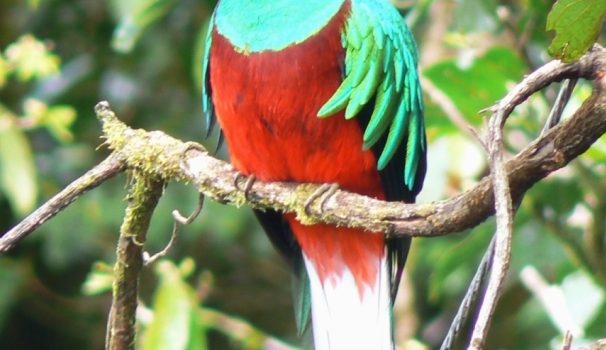
Check out this beautiful bird as this month’s mystery creature; Do you know what it is? Read more
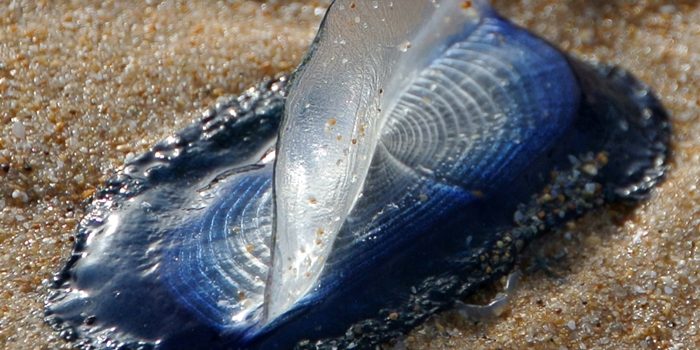
How did you do with April’s mystery creature? It was a bit deceptive because it looked like a jellyfish but it is not actually one… it is the Velella velella and here are five facts all about it! Read more
![[Watch] How and why do freckles appear? [Watch] How and why do freckles appear?](https://sciencewows.ie/wp-content/uploads/2017/04/Screenshot-768x350.png)
Another great question this week, this time sent in by seven year old Daniel, who lives in Singapore; Daniel would really like to be a scientist when he grows up, but I reckon he already is one as he loves asking questions and finding out lots of facts about science and nature. In fact, Daniel is a regular to this blog, he often is the first to work out the Mystery Creature of the month!
Daniel’s question is…
Many of us have freckles, Daniel has them too, in fact he appears IN the video as the freckle model 🙂 If you would like to know a little more about freckles (I bet you do!) just watch this video below!
Freckles are pretty common, especially in people with fair complexions, but before we look at how and why they appear, let’s take a closer look at what they are?
Freckles are small spots on the skin, they are usually tan or light brown in colour. Unlike moles or some birth marks, freckles are flat on our skin. They are completely natural and harmless.
We are used to seeing them on peoples’ faces but they can be found all over the body.
They often become more obvious or more abundant when we expose our skin to the sun and that gives us the first clue as to why they appear.

Freckles are the result of a natural colour (or pigment) called melanin produced by the body to protect the skin against the harmful rays of the Sun.
This process is called photoprotection and this is how it works…
When UV rays of light from the Sun hit our skin they trigger certain cells in our body to make more melanin.
The cells that make the melanin are called melanocytes.
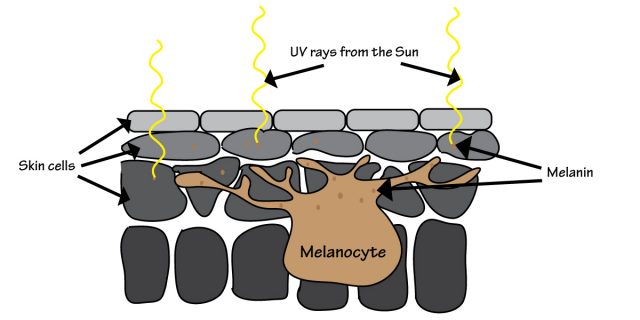
The melanin is sent to the outer layer of our skin where it absorbs these harmful UV rays, protecting the skin cells (and the cells’ DNA) from their damage.
Usually melanin is distributed evenly around the parts of the skin that are exposed to the sun, causing our skin to tan.

When melanin is distributed evenly we tan
Sometimes though the melanin clumps together in areas, forming little dark spots that we call freckles.

When melanin comes together in small areas of skin we get freckle spots
So basically, melanin is a little like our bodies’ natural sun screen… which kind of makes freckles like natural sun screen spots I guess.
So do only fair skinned people get them? No, that’s not so. There are probably a lot more people with fair complexions with freckles, and freckles tend to be more noticeable on fair skinned people, but people with all types of skin tones can get them too.

Freckles can develop on all skin tones
Freckles tend to run in families, so if your parents have them there is a good chance you do too. The tendency to get freckles is genetics… and is connected to a gene called MC1R.
So remember, freckles are natural and harmless. They are just a sign that our body is taking care of us and keeping us safe.
A big thanks to Daniel for sending in this question; if you have a question you would like me to answer just leave it in the comments below or sent it to me by email (drhowsciencewows@gmail.com).
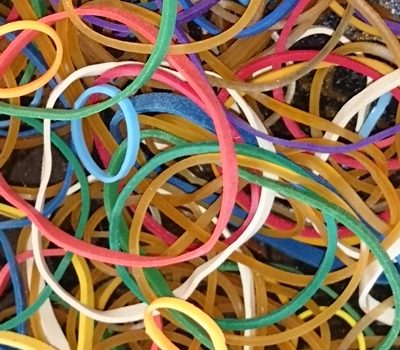
Energy is a great subject in science. It covers so many things and I have many other aspects that I hope to share with you soon but one thing that explains energy so well is a simple rubber band; it can demonstrate elasticity, kinetic energy and potential energy and it great to use in some really cool experiments. Here are just a few short facts on the topic.
Elasticity is the ability of an object to return to its original size and shape after it has been stretched or squeezed.

When we pull an elastic object we are applying a force on it called a stress. If we apply too much stress to an object it will eventually reach a limit called its elastic limit.
When an object is pulled beyond its elastic limit is cannot return to its original shape.
All objects will eventually lose their elasticity due to wear and tear, friction and stress.
Potential energy is energy stored within something. Kinetic energy is energy in motion.
If we take the example of stretching a rubber band…

When we use force to stretch an elastic object, such as an elastic band we are filling it with potential energy. When we let go of the rubber band and it springs back to its original shape, the energy released is Kinetic Energy.
Did you know… kangaroos and other animals use the combination of potential and kinetic energy to save energy while jumping and springing?
Rubber is a material that has very good elasticity. It is a polymer, made up of a long chain of repeating molecules, that can be easily stretched and bent.
Rubber exists in both a natural and synthetic form; the natural form is latex from the sap of rubber trees.
The ancient Aztec and Mayan civilisations are thought to have been the first to discover and use this natural rubber. They used it to make balls for sport and rubber shoes, although the quality of this rubber was sensitive to heat and cold.
Columbus is credited with bringing rubber to Europe.
In 1839 Charles Goodyear discovered that he could stabilise rubber by mixing it with sulphur at high pressure; he called this process vulcanisation.
When Goodyear died in 1860 he was completely impoverished due to constant legal costs regarding his rubber patents.
Did you know… the largest rubber band ball ever made weighed 4,097kg and was made using 700,000 rubber bands?
Want to try an experiment that combines rubber, elasticity and kinetic and potential energy? Why not make a catapult? Or use elasticity to launch a paper plane. You’ll find out how, and a lot more of the science behind these experiments in this post!

**********
This article originally appeared in Science Spin magazine. Although the magazine is no longer in print I am delighted to be sharing some science facts and experiments in a new venture… you’ll find my new SCIENCE FOR KIDS page in each edition of Easy Parenting Magazine. I share one of our favourite experiments in the April/May edition, currently in shops. Take a look…

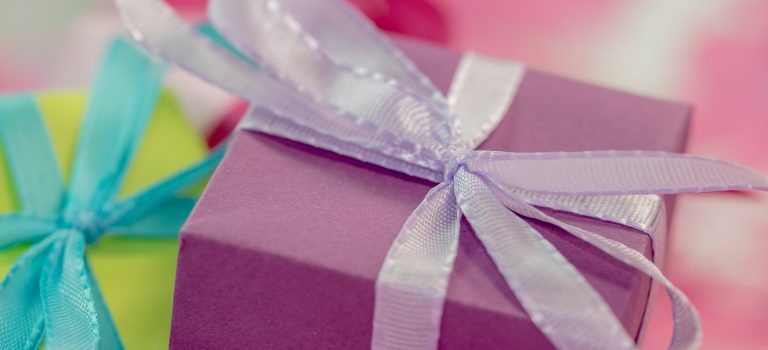
Life must be tough as a spider; you have to coordinate yourself as you move around on eight legs and you’d think that using all those sets of eyes at one time must cause some major visual overload, but all of that seems to pale in comparison to the intricacies of courtship.
In human courtship a nice box of chocolates can be a great starting point to winning a partner’s heart. Many spider species, like the neotropical spiders, Paratrechaleo ornata, offer enticing food parcels too, when trying to woo a mate. They choose some tasty morsels, wrap them in silk and may even cover them in pheromones. In spider terms, these parcels are fairly irresistible. It is a pretty serious business; if the spider can entice a female to accept his food parcel than he has a good chance of taking the relationship to the next level.

Photo credit: Jennifer Pallian via unsplashed.com
The problem is that many male spiders take short cuts. Collecting all that food can be a difficult and time consuming process. And what if you get too tempted with all that lovely food and eat it yourself? Since the parcel will be all covered up in that lovely silk, who is going to know what is inside, right?
Some species present this kind of gift and then roll over and play dead until the female is distracted eating the food. Male nursery-web spiders (Pisaura mirabilis) take this approach. Once the female has started eating they suddenly come to life and start the mating process. It may sound like a very dramatic courting ritual, but if these males get their timing wrong, they will be eaten, instead of the silk-wrapped food they have prepared. Imagine the pressure of picking that gift?

Image source: pixabay.com
There are few in the arachnid world though that can beat the Male redback spiders (Latrodectus hasselti) in their gift giving in the pursuit of love. Once mating has begun the male will literally perform a somersault and present his abdomen to the much larger female. She will start feeding on him but he does not try to escape. Instead he uses himself as his parting gift, buying himself time in the hope that he will at least make a genetic contribution to the next generation. When mating is complete the female clasps him in tightly to her, in one last embrace, before consuming every last piece of him.
So the next time you complain about how difficult it is to find the right gift for your other half, be thankful you are not a spider!